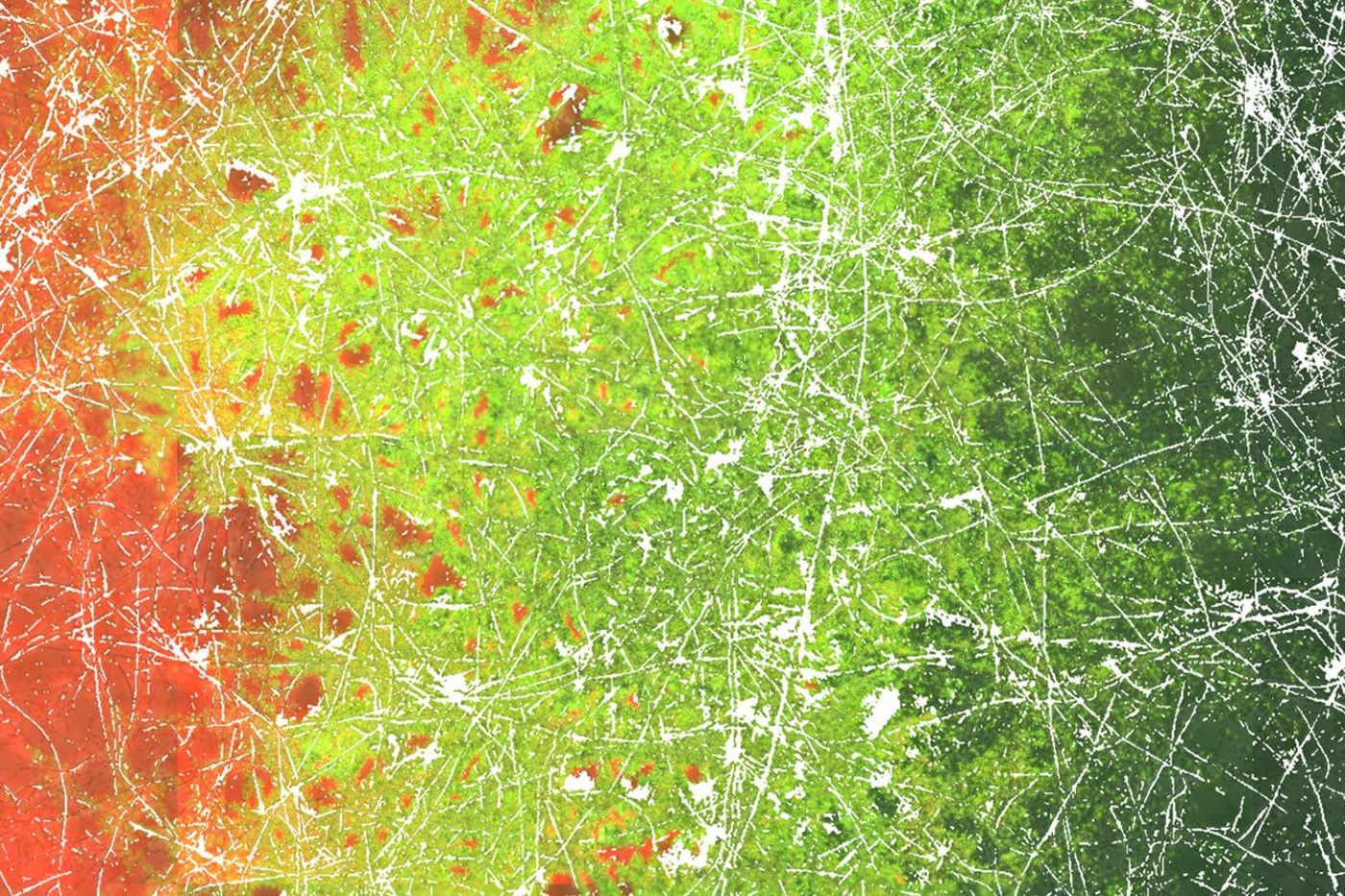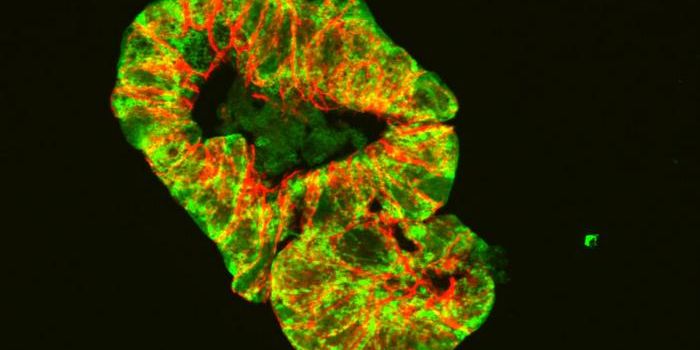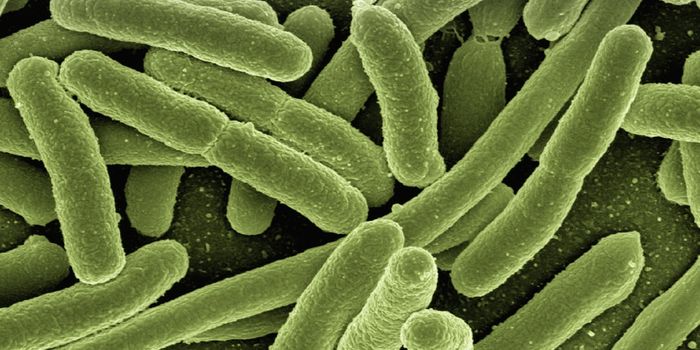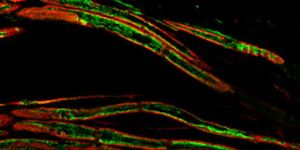Soil Fungal Network Improves Gene Transfer Among Bacteria
Soil is rich with microbial life, as it provides an environment with myriad microhabitats that can provide sustenance, as long as the microbes adapt to fluctuating environmental conditions. Within a colony of microbes, it’s important for them to utilize a common mechanism called horizontal gene transfer (HGT) in order be adaptable; close contact between microbes is required for HGT to work. In soil, it’s not easy for bacteria to get around. New work in Scientific Reports has shown that fungi provide a liquid film, a layer of mucous called fungal hyphae, which eases that process in the challenging soil environment. In addition, a network of fungus, a mycelium, sets up an infrastructure that the hyphae envelopes. There can be hundreds of meters of mycelium in only one gram of soil.
"In the fine liquid film surrounding the hyphae, bacteria can move with much greater speed and direction and cover more distance than in soil water without hyphae," explained the first author of the study, Tom Berthold, a doctoral researcher at the UFZ Department of Environmental Microbiology. "For bacteria, fungal hyphae are like a motorway which gives them fast, direct access to their food sources."
Bacteria meet up on the fungal network, and exchange genetic material with one another when they do. "It's similar to the transmission of cold germs on a packed train," explained environmental microbiologist Dr. Lukas Y. Wick. "But unlike a cold, the new genes are usually an asset to the soil bacteria. They enable them to adapt better to different environmental conditions."
The genes that are shared on the fungal network can help microbes use a new kind of food source, or enable it to withstand exposure to a pollutant, in some cases even consuming the chemical. Some bacteria, for example, can use benzene or toluene, ingredients in stuff like paint and gasoline, as food. Sharing that ability is of course very beneficial to a population. The video below shows the Pseudomonas bacterium moving along hyphae.
In this work the researchers show that HGT occurs far more when it happens between bacteria on a fungal network than in a place without hyphae. Computer models agreed with their findings. "Our study shows that fungal hyphae not only provide soil bacteria with an excellent infrastructure, but also a potential hot spot for bacterial horizontal gene transfer. This previously unknown aspect of fungus-bacteria interaction is an important step towards understanding the complex interactions between soil-dwelling microorganisms," said Wick.
It seems that fungi thus play a vital role in the soil habitat. "Just a few years ago, we were still completely unaware of this. It's possible that over the course of the Earth's history, bacterial diversity increased massively with the development of mycelium-forming fungi," concluded Wick.
Sources: AAAS/Eurekalert! via UFZ Helmholtz Centre for Environmental Research, Scientific Reports









